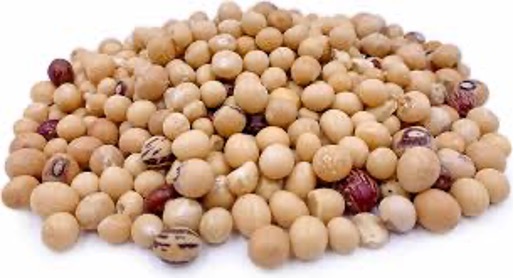Amino acids profile and health attributes of Bambara groundnut (Vigna subteranea L.) and sesame (Sesamum indicum L.): a comparative study
Keywords:
Bambara groundnut, Sesame, Proximate, Phytochemicals, AminoacidsAbstract
Healthy seeds samples of Bambara groundnut (Vigna subteranea L.) and sesame (Sesamum indicum L.) commonly found in Nasarawa State, Nigeria were studied for comparative nutritional evaluation with respect to proximate and amino acid compositions using standard analytical techniques. The respective proximate composition values (%) for the Bambara groundnut (Vigna subteranea L.) and Sesame (Sesamum indicum L.) samples were: (10.39 and 3.53), crude protein (25.68 and 9.67), crude fat (25.67 and 3.44), ash (7.12 and 2.42) and crude fibre (10.39 and 3.53). The calculated nitrogen-free extract (NFE) was 26.10 and 71.07% respectively. The results showed that Bambara groundnut gives appreciable values of crude protein, fat and fibre which are twice the values obtained for sesame. The anti-nutritional composition phytate, for the two samples Bambara groundnut and sesame, recorded a triple digit’s values (mg/100g) of 188.74 and 186.77, tannins double digits value of 14.91 in Bambara while a single digit value of 8.91 in sesame respectively. The amino acid profile revealed that both samples contained useful quantities of most essential amino acid. Glutamic acid had the highest value in both samples 18.31 and 18.67 g/100g crude protein while cystine recorded the lowest value of 0.60 g/100g cp in Bambara and tryptophan 1.36 g/100g cp in sesame. By comparison with the FAO/WHO standards, the EAA score value of the samples based on white hen’s egg profile, showed that both samples are mostly greater than 1.0 g/100g except for Ile, Lys, Met + Cys (TSAA) and Thr in Bambara and Ile, Lys, Thr and Val in sesame which may require supplementation based on the provisional amino acid scoring pattern. The incorporation of the seeds into diets has the capacity of enhancing its health applications due to the presence of some important nutrients containing health-protecting and disease-preventing abilities.

Published
How to Cite
Issue
Section
Copyright (c) 2025 Matthew Olaleke Aremu, Stephen Olaide Aremu, Ibrahim Aliyu, David Bala Passali, Munir Hussaini, Benjamin Zobada Musa, Rasaq Bolakale Salau

This work is licensed under a Creative Commons Attribution 4.0 International License.
How to Cite
Similar Articles
- E. Agboeze, N. P. Ani, E. O. Omeje, Extraction and Characterization of Pharmaceutical Grade Microcrystalline Cellulose From Bambara Nut (Voandzeia Subterranean (L) Thousars) Husk , African Scientific Reports: Volume 1, Issue 2, August 2022
- Oluwagbenga Anifowose, Bitrus W. Tukura, Obaje D. Opaluwa, Detoxification of Ochratoxin A in Rice and Maize using ethanolic leaf extracts of Moringa oleifera and Vernonia amygdalina , African Scientific Reports: Volume 4, Issue 2, August 2025
- O. U. Igwe, C. C. Oru, I. E. Otuokere, Chemical and bioprotective studies of Xylopia aethiopica seed extract and molecular docking of doconexent and cryptopinone as the prominent compounds , African Scientific Reports: Volume 3, Issue 2, August 2024
- K. Issa, R. A. Bello, M. H. Sulaiman, Approximate solution of time-fractional non-linear parabolic equations arising in Mathematical Physics , African Scientific Reports: Volume 3, Issue 2, August 2024
- Folashade Mistura Jimoh, Adam Ajimoti Ishaq, Kazeem Issa, Approximate solution of higher-order oscillatory differential equations via modified linear block techniques , African Scientific Reports: Volume 4, Issue 2, August 2025
You may also start an advanced similarity search for this article.
Most read articles by the same author(s)
- Tosan Peter Omayone, Ibrahim Aliyu, Grace Iyabo Adebayo-Gege, Impact of high protein diet on the formation and healing of L-arginine induced acute pancreatitis in male wistar rats , African Scientific Reports: Volume 4, Issue 1, April 2025




